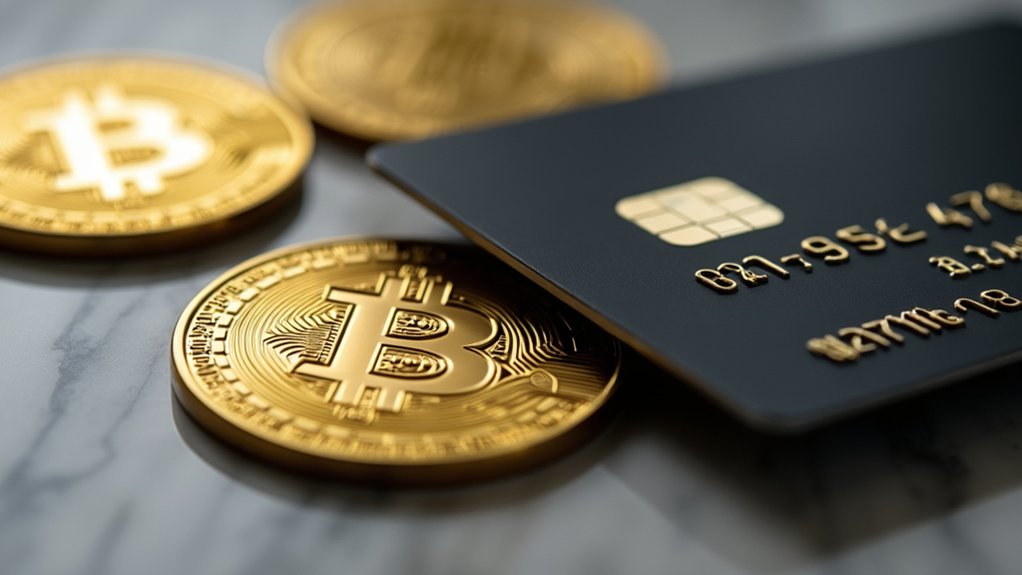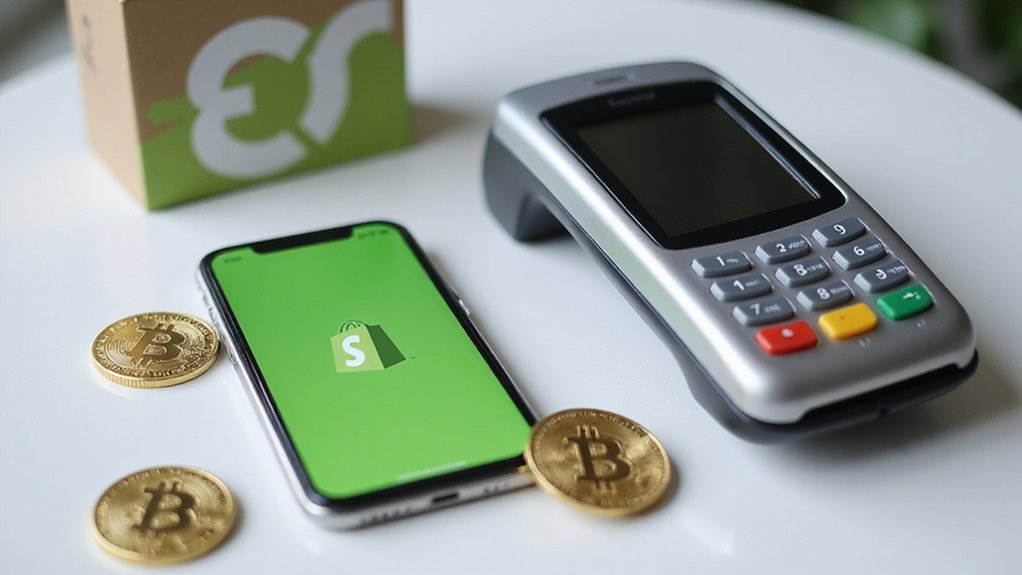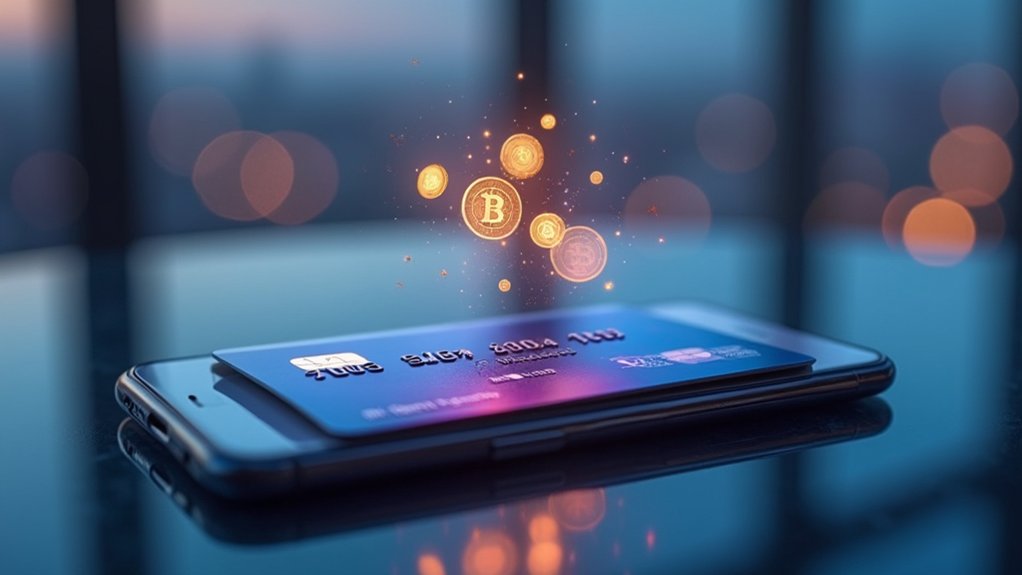In an era where digital payment friction can mean the difference between a completed transaction and an abandoned cart, PayPal’s payment links emerge as a deceptively simple solution to what has historically been a labyrinthine process of collecting money online. These clickable URLs and scannable QR codes eliminate the Byzantine complexity of traditional invoicing—no more sharing bank routing numbers or enduring the peculiar ritual of manually entering card details across multiple form fields that seem designed to frustrate rather than facilitate commerce.
The security architecture underlying these links deserves particular attention. PayPal encrypts payment pages with industry-standard protocols, while buyer protection programs extend reimbursement coverage for fraudulent transactions—a reassuring backstop in an environment where digital trust remains perpetually fragile. The platform’s approach effectively creates a buffer zone between sensitive financial data and potential breaches, though users must still exercise due diligence in verifying payment request authenticity (because even sophisticated systems cannot entirely compensate for human gullibility).
PayPal’s security protocols create essential trust barriers, though sophisticated encryption cannot entirely overcome fundamental human susceptibility to deception.
What distinguishes PayPal’s implementation is its remarkable flexibility in customization. Payment links accommodate variable fields including item quantities, currencies, shipping calculations, and tax assessments—transforming what could be rigid transactional tools into adaptable instruments for diverse commercial scenarios. Whether facilitating peer-to-peer transfers, crowdfunding campaigns, or traditional invoicing, these links adapt to contextual requirements without demanding extensive technical expertise from users.
The global reach proves particularly compelling for businesses seeking to transcend domestic market limitations. Multi-currency support eliminates conversion complexities that have historically plagued international transactions, while PayPal’s established reputation provides the institutional credibility necessary for cross-border commerce acceptance. While traditional payment systems face challenges from emerging smart contracts that execute automatically without intermediaries, PayPal’s payment links continue to bridge the gap between conventional banking and digital innovation.
Perhaps most notably, these payment links address cash flow optimization—that perpetual concern haunting businesses regardless of size or sophistication. Accelerated payment collection reduces administrative overhead while eliminating the antiquated delays associated with check processing or wire transfers. The seamless payment experience significantly reduces processing time and effort for businesses across all operational scales. Mobile functionality ensures payment link generation and management remain accessible regardless of location, matching desktop capabilities with remarkable consistency. The platform operates with no monthly fees, making it financially accessible for businesses seeking cost-effective payment solutions.
The resulting efficiency gains extend beyond mere convenience improvements. By streamlining payment workflows without requiring extensive website integration or coding expertise, PayPal’s links democratize sophisticated payment processing capabilities that were previously accessible only to enterprises with substantial technical resources.








